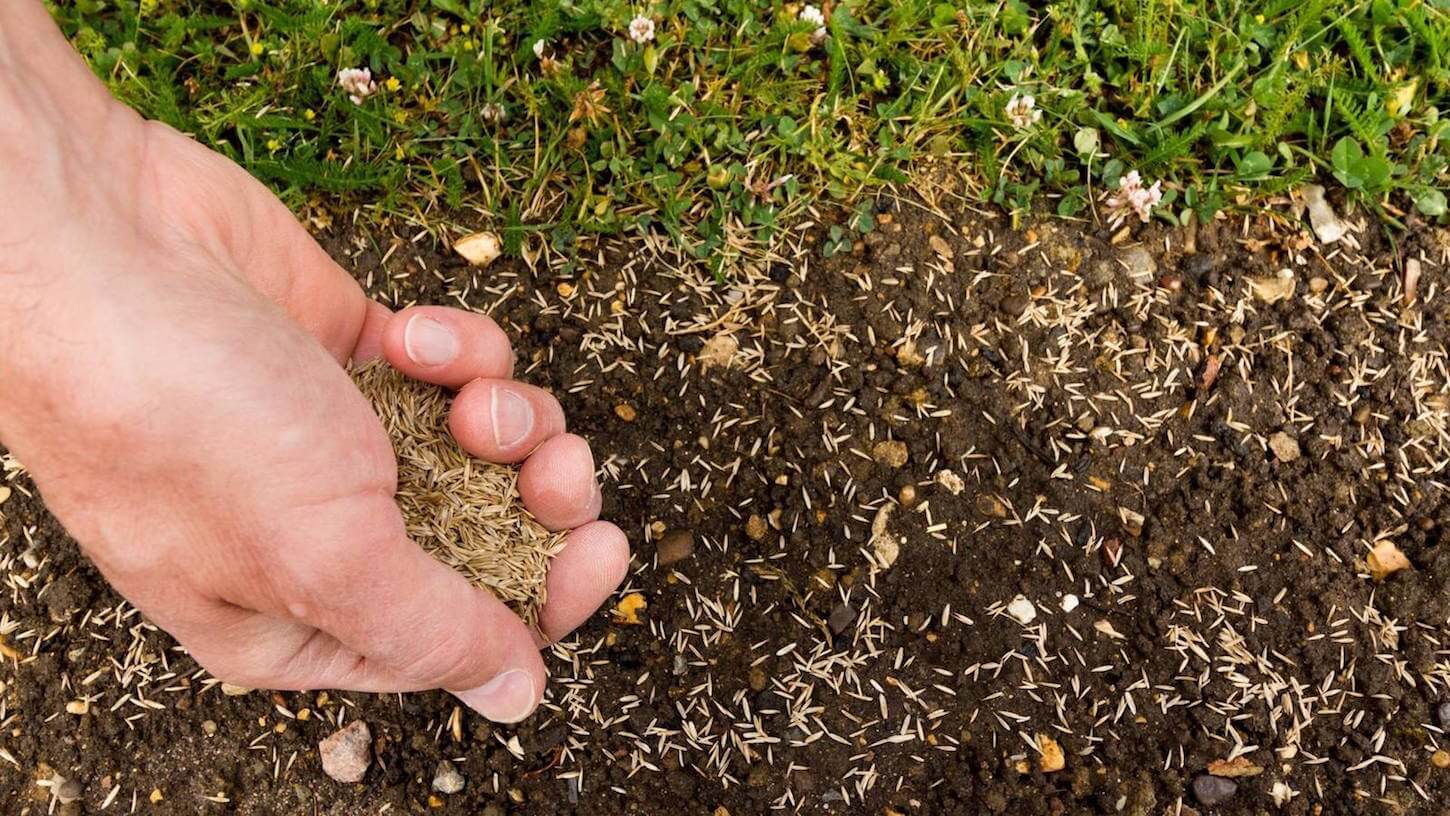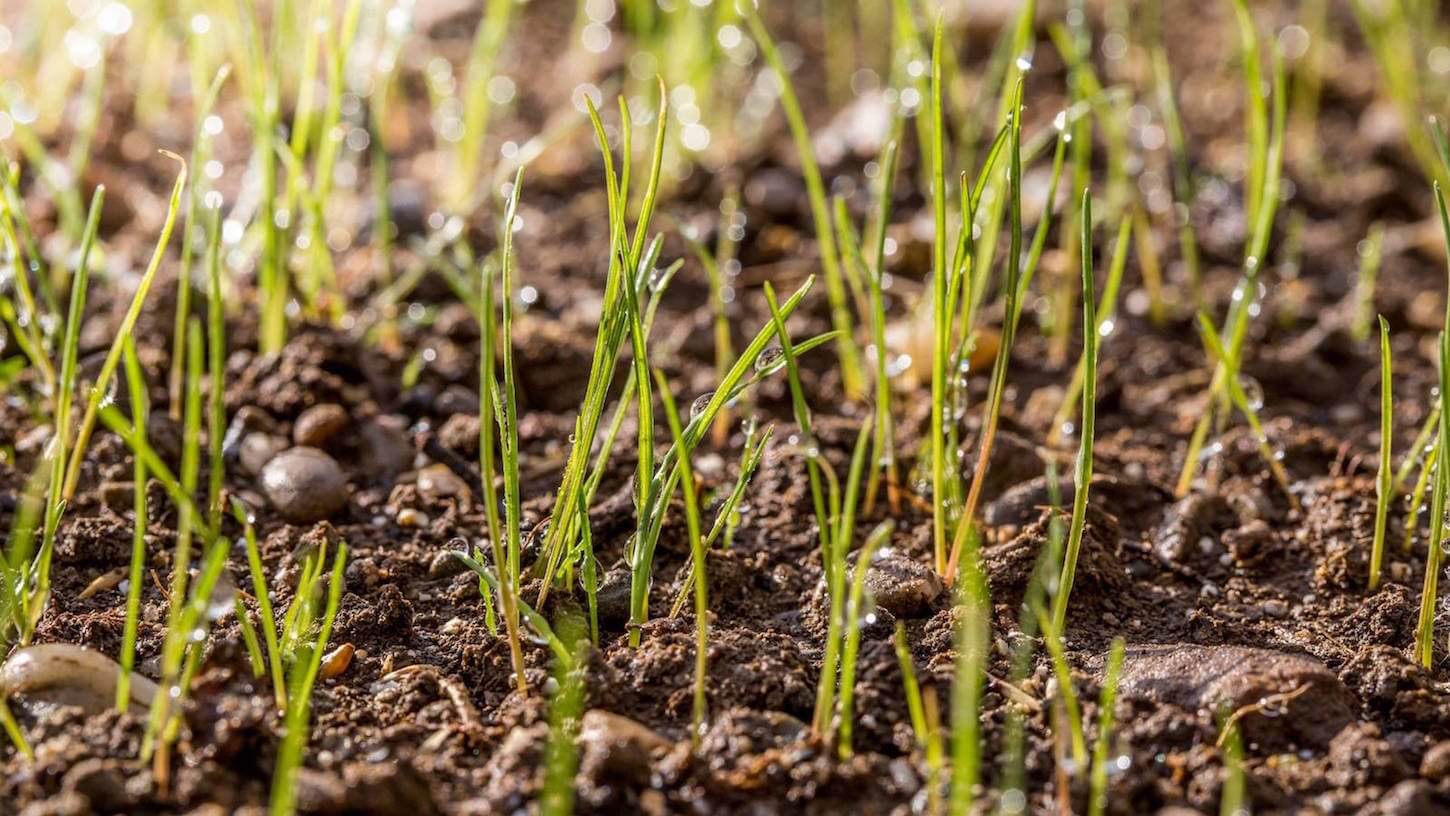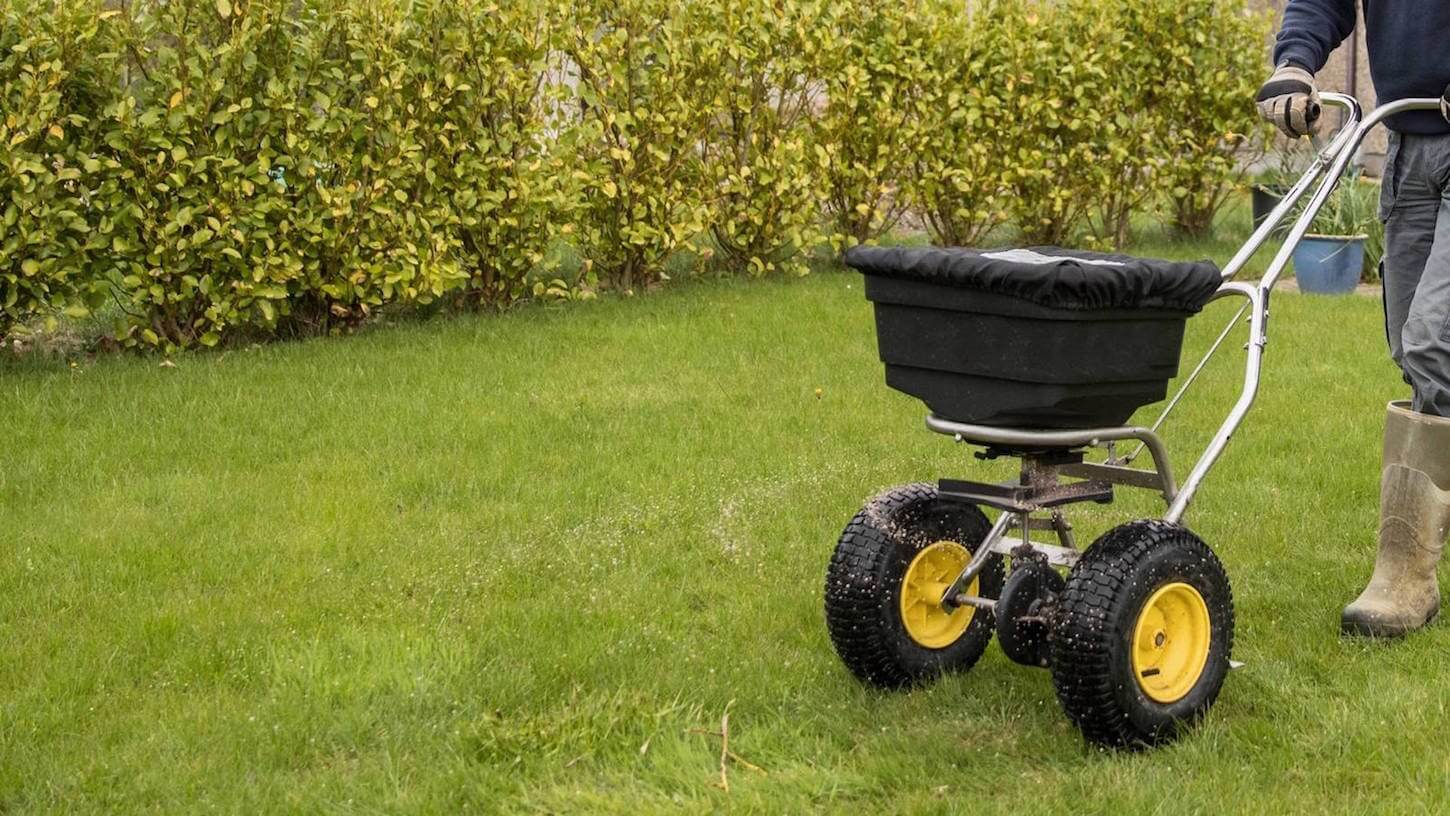
How to sow your lawn for green, lush grass
Understanding how to sow a lawn is the first step in creating agrassy coverto be admired all year round and to be exploited when the good weather arrives. Planting the seeds with the right precautions allows you to obtain a uniform, healthy and beautiful shining green lawn.
Each type of grass has its owncharacteristicsunique ones that make it more suitable for certain climatic bands or different types of use. Let's think for example of an alpine pasture which, as you can well imagine, will be very different from a sports field.
Before starting to sow, therefore, it is advisable to calmly evaluate cwhat type of lawn do you want to getand in what context will you make it grow. Will there be a lot or little rain? Sun or shade?
All details that above all influence thechoice of seeds, which require optimal conditions to germinate. Once you have made your decisions, the steps to follow are always the same, with a few differences.
If you're wonderinghow long does grass take to grow, we can tell you that you will be able to obtain excellent results in just a few weeks, thanks to sowing done with precision and method.
We atBazargiustowe thought we'd share some with yousecrets on how to plant the lawnthat we have collected over the course of our thirty years of experience serving green thumbs throughout Italy.
So get your tools ready: the time has come to make your green mantle shine.
When to sow the lawn
Let's start from the time and understand what is the best period to sow. In general we recommendavoid the colder months, where a night frost could ruin all the work done. So let's exclude winter and move towards spring.

March is a great timefor preparing the soil for sowing. Temperatures rise and frequent rains help bring water to the seeds regularly.
I've been there forevaluatebut a series ofspecific factorsconnect to the place where the plot you are going to work is located. For farms at high altitude, for example, March could still be too cold a month, while in an area with a milder climate you could even start in the last days of February.
In our experience, it is best not to go beyond the month of May.Summer does not offer suitable conditions for growth,with excessively high temperatures and little rainfall. Autumn, on the other hand, is perfect for taking action on any thinned areas of the turf.
Generally speaking, before starting to sow the seeds we recommend that you wait until theminimum temperature of the soil settlesaround an average of 10 degrees. This way you will avoid unpleasant surprises with sudden frosts or too hot days.
How to choose seeds to plant
The climate therefore determines the best period for planting grass, but how do you choose the seed that best suits the conditionssoil characteristics?
As we have said, lawns are not all the same. Everyone has specific needs and growth rates, which change depending onsun, rain, altitude,lunar phasesand many other factors.
For a seaside resort or near the coast, for example, it will be better to choose a product likeRoyal SeaBottos, that hasgood sun resistance ability and requires little waterin the warmer months.
For a lawn that is not affected by foot traffic, or even for a playground forfootball or rugby matches,nothing is better thanRoyal SportsBottos.Even a different matter if you aim for fodder use for grazing animals - for which seeds are highly recommended Prato Stabile MarisaBottos-or if you are looking for a grassy surface suitable for shaded areas – where instead the JadeBottosit will be your best ally.

Before starting, therefore, take some time to study the type of seeds best suited to your land and your objectives.
Planting the lawn: the most important steps
Once you have identified the right product for you and the appropriate time of year to plant it, you are all set tocreate your own green carpet. Let's see how to sow the lawn ineight steps.
1. Deep cleaning (for abandoned land)
The first operation to carry out is preparing the soil for sowing the lawn. If you find yourself working in an abandoned garden, full of spontaneous plants that have grown out of all proportion, start from onedeep cleaning.
Spread some herbicide with the help of a sprayer (excellentHozelockT7) to dry out the weeds and remove them more easily. Then get yourself a brush cutter with the appropriate lineto remove most weeds and shrubs, and sturdy, breathable gloves such as Black Dot AirFlexto pull out the toughest roots.
2. The plowing of the clods
If your field does not require too thorough cleaning, you can go straight toclod plowing. We recommend using onemotor hoewhich will make the job easier and faster. Alternatively, you can turn the bottom by hand with a spade or traditional hoe. A real effort, especially if the field to be worked on is particularly large.
A necessary effort, however, because this step is fundamental formix the earthbefore leveling it. You will also find a useful oneraketo uproot any roots and break up smaller clods.
3. Leveling the land
Once the soil has been disturbed, we move on to making ithomogeneous and compact with alawn rollerin steel.
4. The cure-all of fertilizer
Now that you have turned the clods over you can understand further details of the soil you are dealing with. If it seems like it hasneed to be fed,add del fertilizerto rebalance the mineral salts and provide all the elements needed for a strong and lush lawn.
5. The distribution of seeds
Once the soil has been cleaned, disturbed, leveled and fertilized, everything is ready for the actual sowing. The ideal would be to spread the seeds with aseeder. If you have one, drag it along parallel bands for even distribution.

You can toospread the seed by hand. Use broad gestures by extending your entire arm and walking up and down the plot along parallel lines spaced about a meter apart.
Once the distribution is finished, pass therakeon the surface to bury the seeds and use the roller again to make them adhere well to the soil.
6. A little phosphorus to help growth
ThePhosphorus is essential in the early stages of grass growth. Very delicate days, in which every single thread needs a balanced supply of nutrients. Now that the base is ready, spread a fertilizer such asPro StartBottosbefore moving on to watering.
7. Germination watering
Be sure to water the soil frequently with a little water at a time to keep it moist. For thegerminationcomplete with seeds it takes on average oneten days.
8. Taking care of the first tufts of grass
When the first shoots begin to appear and reach alength between two and three centimeters, pass the roller delicately again to make the soil adhere well to the roots.
After aboutfour weekssince sowing, the lawn should have reached a length of around10 centimetres.
At this point you can proceed with the first cut.Attention: It doesn't have to be too radical. Use alawnmowerto reduce the length just a couple of centimetres.
As a final touch, make aanother round of fertilizerto complete the growth phase. Phosphorus is great, but if you've reached the first few days of June with your planting cycle, try a potassium-based fertilizer like Summer K.
All ready to grow your lawn
Now the sowing of the lawn is finished and the seeding phase beginsdaily maintenance. Remember that a field of grass requires an average of 30 liters of water per square meter per week and that the best time to water is early in the morning.
To always keep the turf green and thick, we recommend that you also read theour fertilization guide.
If you don't know which seeds to take for your lawn, if you have a doubt about fertilization or the type of intervention to do, no problem.Bazargiustois here to help you, it's enough for youfill out this formto receive onefree consultationand find the ideal solution for your land.
In ourOnline shopyou will find everything you need to turn your gardening idea into reality. We are waiting for you!

All comments